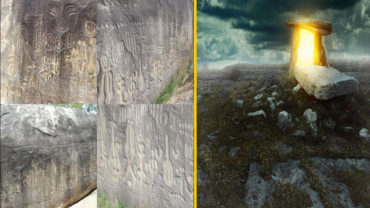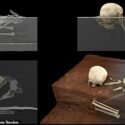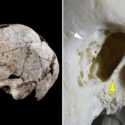A Snapshot Of Our Mysterious Ancestor Homo Erectus
If you come across Upright man known as Homo erectus on the street, you’d realize that they are much different from you. You would see a certain “humanness” in the posture, which may resemble you in size and shape.

Their face, however, would be flatter, with a more prominent brow. And it would be challenging to have a conversation with him or her due to his or her limited language skills (although they could undoubtedly create a stone tool or light a fire).
Of course, this is just hypothetical because Homo erectus is no longer alive.
This mysterious human Ancestor may have appeared in Africa 2 million years ago, but the timing of their extinction is less precise.
Homo erectus was in the news in 2018 as a result of recent finds in the Philippines and China that have changed our perceptions of this distant relative.
So, who exactly was Homo erectus? Could 2019 be the year we find out more about our mysterious Ancestor?
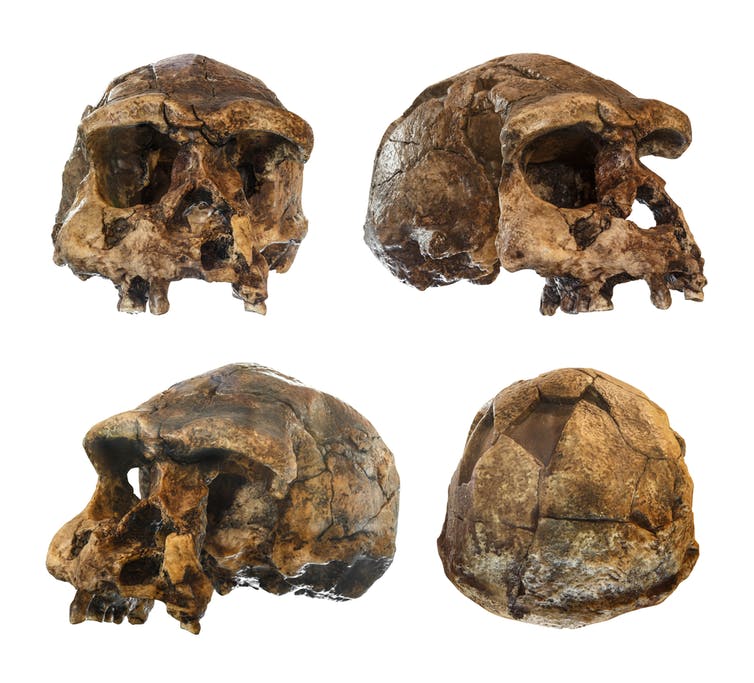
Where and when did they live?
Homo erectus was first found in Java, Indonesia, and then in China. These are the famous “Javanese” and “Beijing” fossils. The discovery of Pithecanthropus erectus (called Java) by Eugène Dubois in 1891 was significant evidence in confirming Darwin’s theories of human evolution.
Stone artifacts discovered recently in the Loess Plateau of China reveal that a hominid, most likely Homo erectus, lived in an area 2.1 million years ago. This evidence pushes their existence back at least 400,000 years in Asia.
Other Upright man sites can be found in Georgia’s Caucasus area (1.8 million years ago), Java, and Africa.
Although Homo erectus have gone extinct after the appearance of modern humans, some specimens from Java have been dated (with some disagreement) to 40,000 years ago. If this dating is accurate, it suggests that they coexisted with Homo sapiens, but it is probably just a tiny pocket in Indonesia.
The worldwide spread of Homo erectus was marked by the first expedition of a hominin species beyond Africa, and it occurred two million years before modern humans reproduced this great exploration. They may have been driven to such a rapid spread by the expansion of grassland during this period due to climate change. This created more habitat for herbivores, which led to the increase in the amount of available prey.
What did they look like?
Homo erectus was the first of our forefathers to resemble modern humans. They were taller and had a bigger brain than preceding hominin species like Australopithecus sp. or Homo habilis.
They had a face that was flatter and had more prominent brow ridges than we did.
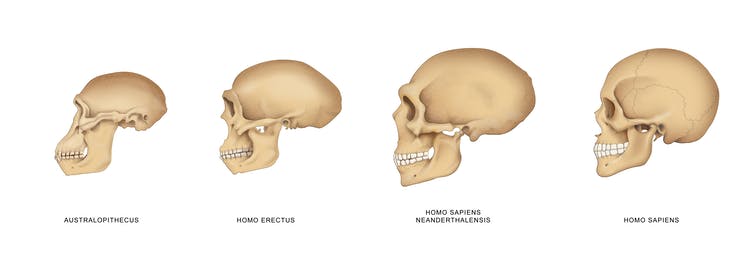
Homo erectus individuals were effective walkers, able to travel greater distances than their ancestors, thanks to their long legs and the fact that they were fully upright.
Their body structure also allowed them to maintain their temperature and water balance well, making them ideal for living in open forests.
What did they eat?
Rather than proficient hunters, Homo erectus was likely advanced scavengers who supplemented their diet with predation. In fact, they might occupy the same ecological niche as hyenas today.
The role of meat in their diets is still debatable, with some scholars believing they mainly ate meat and others believing they ate a far broader diet.
How smart were they?
Homo erectus was far more intelligent than previous hominins, being the first to use fire and possibly the first to live in hunter-gatherer societies. They created stone tools in the Acheulian style, distinguished by characteristic hand axes.
Nevertheless, their cognitive abilities were far behind that of modern humans. There is currently no proof that Homo erectus was able to undertake modern behaviors like using language or creating art.
The significant discovery of archaeological evidence attributed to Homo erectus in the Philippines allows us to understand more about the capacity of this species.
Previously, it was assumed that Homo erectus was incapable of crossing water. This theory was consistent with their existence as far as Java, but not across deeper waters represented by the Wallace line to migrate further east.
A finding in the Philippines (and possibly Sulawesi) refutes this and reveals that Homo erectus may have been a more capable navigator than we previously thought.
How are they related to us?
One of the most controversial aspects of Homo erectus is who to include in this species. Many researchers include diverse specimens from all over the world as Homo erectus, but some classify African and Eurasian specimens as Homo ergaster. Others use the term Homo erectus senso stricto (ie in the restricted meaning) for Asian specimens and Homo erectus senso lato (ie in the broad sense) for all specimens.

